If you live in Barcelona, chances are you take the metro nearly every day. Even if you prefer other means of transport, you probably pass a handful of metro stations on your daily commute. With 180 stations and 12 transport lines, the Barcelona metro is the second largest metro system in Spain, used by millions of residents and visitors each year. But even if you use the metro several times a day, you might not know some of its hidden secrets. The Barcelona metro system has its fair share of underground history, and we’ve uncovered some of the most interesting curiosities of the Barcelona metro.
Related article: Barcelona Metro Station Names
Table of Contents
History of the Barcelona metro
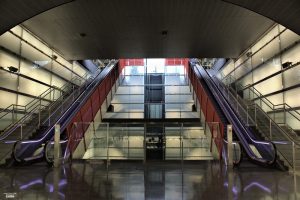


Photo by lombroso34 via Visualhunt
The beginnings of the Barcelona metro go back to the turn of the twentieth century when the city was experiencing massive population growth thanks to the industrial revolution. Metro construction began and the first piece was opened in 1924 between Lesseps and Plaça Catalunya which now forms part of Line 3. Today, the metro connects the entire city for affordable and convenient transport.
In the hundred years since construction, the metro system has seen many changes. In fact, the only original metro entrance that still exists today can be found leading into the Urquinaona station on Carrer del Bruc. But in addition to the fascinating history of its construction, there are other stories hidden under the streets of Barcelona that most people probably don’t know.
Ghost stations
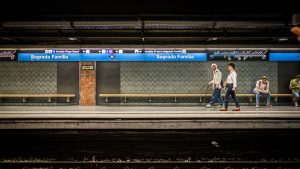


Photo by Waywuwei via Visualhunt
Above ground, you would never even notice when you might be walking right over the top of one of the Barcelona metro’s ghost stations. In total, there are twelve abandoned stations in the city, including the Gaudí Station that was constructed beneath Avinguida Gaudí near the Sagrada Familia in the 1960s but never went into use as a metro station. Today, the station can be seen from the trains passing in both directions on line 5 to and from the Sagrada Familia. Some even say that the station is haunted, claiming to have seen ghost passengers standing on the platform, including the famous architect himself, Antoni Gaudí.
Related article: The Barcelona Metro
Air raid shelters
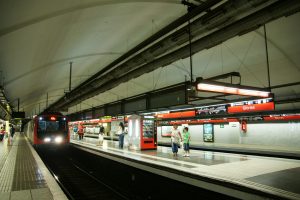


Photo by jaime.silva via Visualhunt
Like every corner of the city, the Barcelona metro has its own history of the Spanish Civil War. The underground network once served as a bomb shelter for Barcelona residents during the air raid attacks on the city. One of these shelters, Refugio 307, has been excavated in the Poble Sec neighborhood and is now open to the public to visit. Forming part of the Museu d’Historia de Barcelona, Shelter 307 contains 200 meters of tunnels and offers visitors a chance to see the living conditions within its rooms and imagine what wartime in Barcelona would have been like.
Address: Carrer Nou de la Rambla, 175, 08004 Barcelona
The cursed station
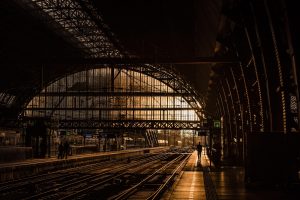


Photo via Pixabay
Barcelona is a city full of urban legends, so it’s no surprise that the metro system has it’s very own. In the 1980’s Rocafort station became known as the cursed metro station after four suicides took place there within the space of one month there. Now, some claim to see dark figures walking along the tracks and on the station’s platforms at night. They even say that the surveillance cameras have captured the ghostly images. Some TMB workers even refuse to work in the station at night to this very day.
From the history of the Barcelona metro to the many legends and secrets hidden within its tunnels. The underground railways of Barcelona are home to several curiosities worth investigating. While you may never realize it out in the open air and Barcelona sunshine, the city has another life beneath your feet with its very own fascinating history.
Looking for an apartment in the city? ShBarcelona can help you find the perfect one.
*Main photo by UT440 131M via Visualhunt









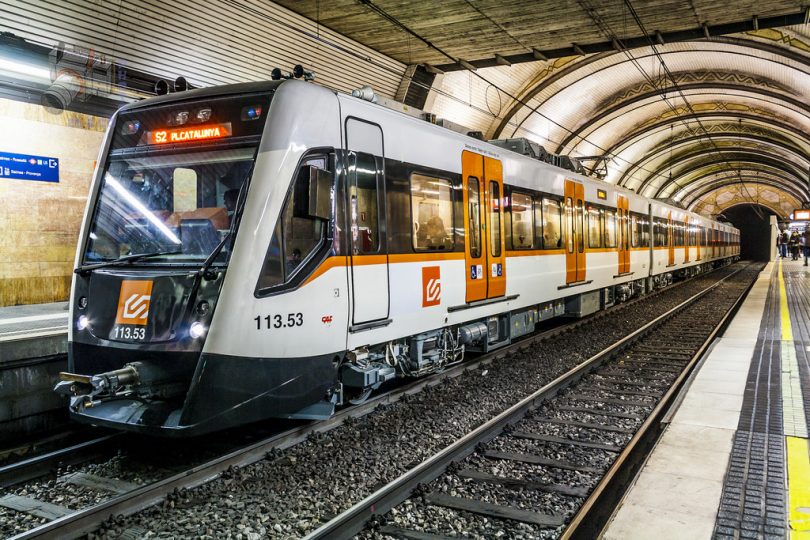




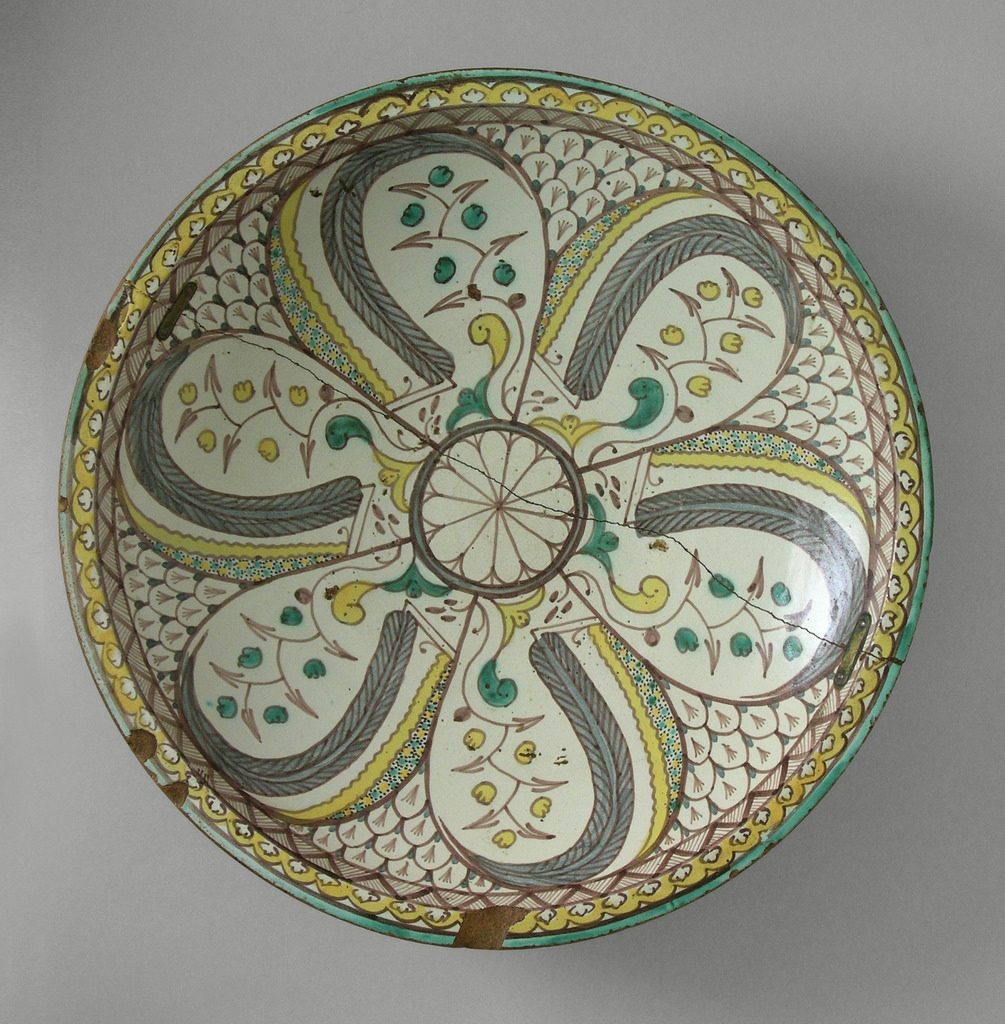
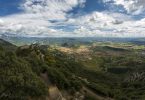
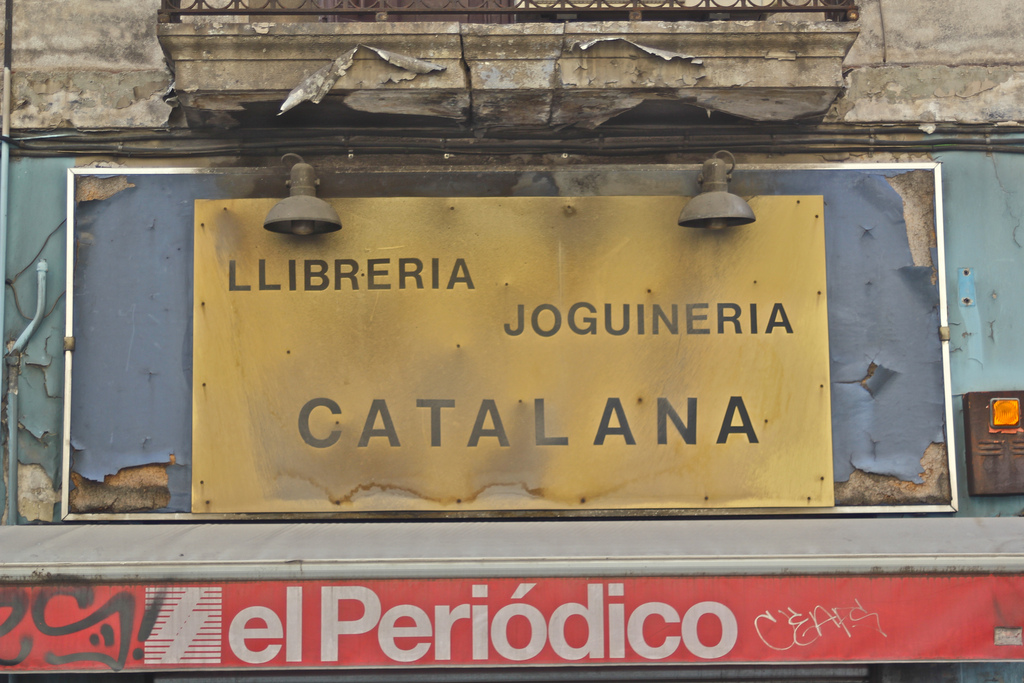


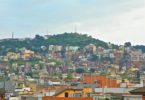

Leave a Comment